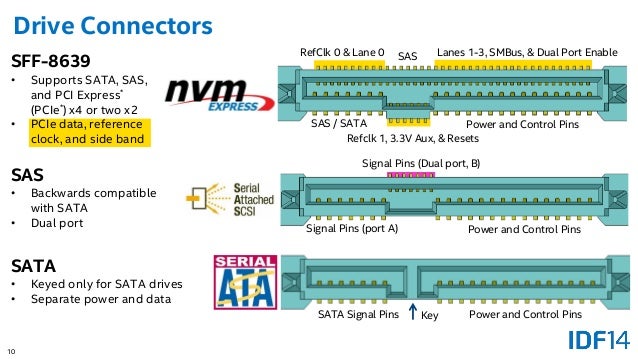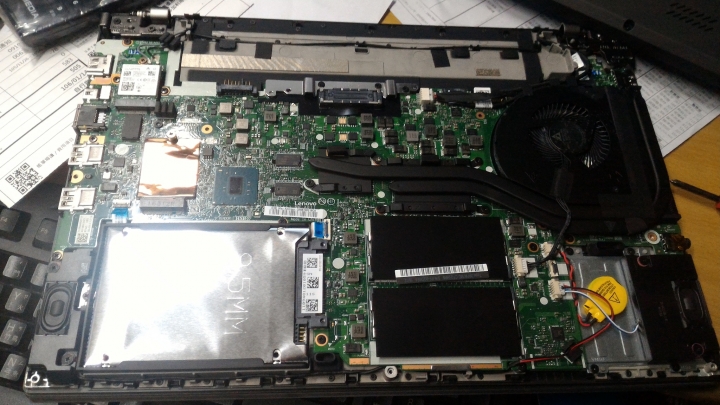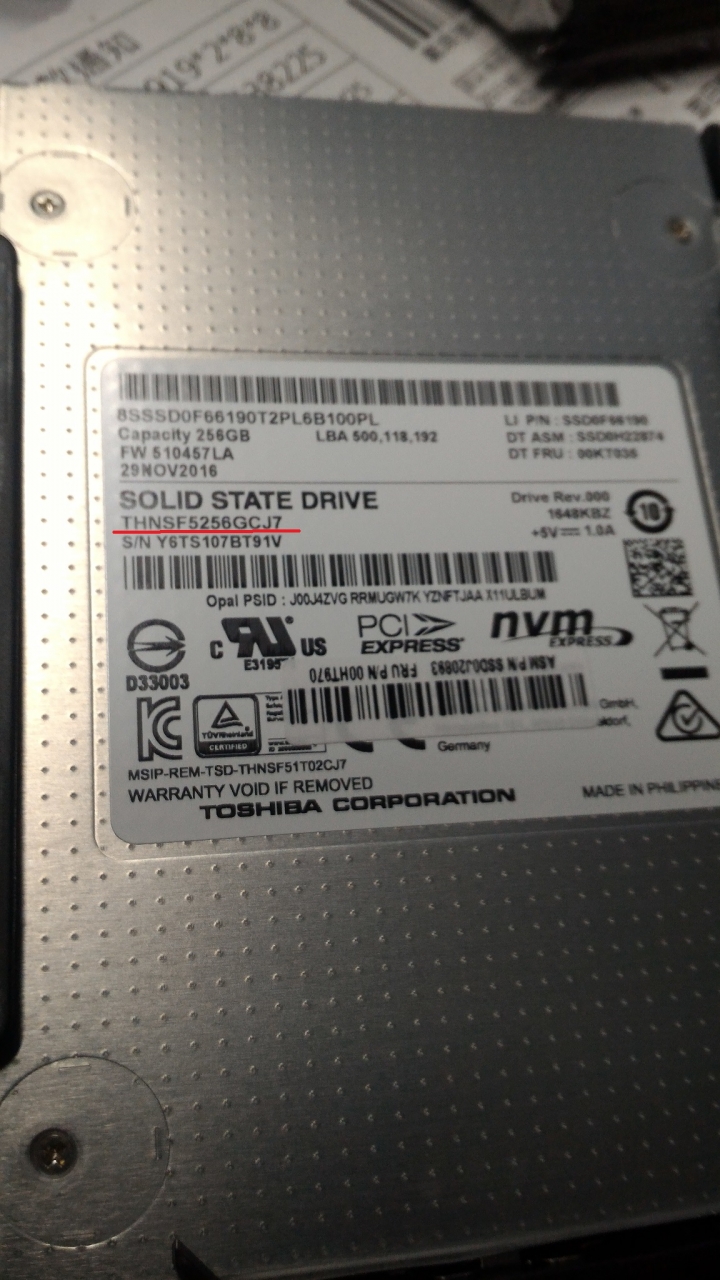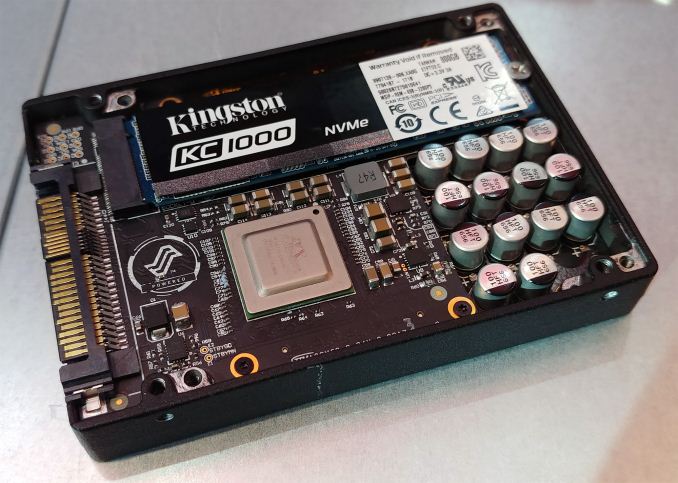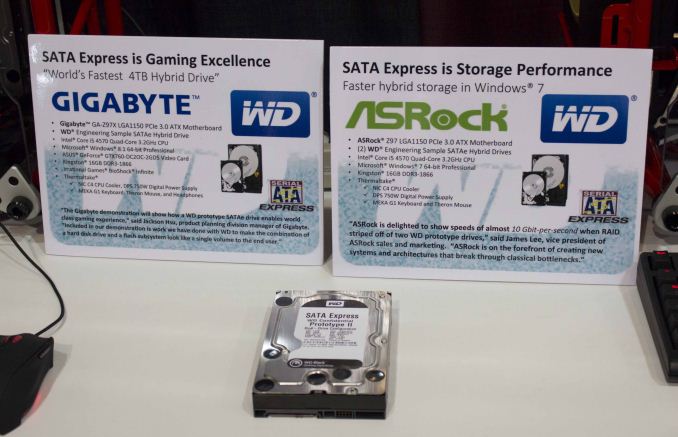- Mar 27, 2009
- 12,968
- 221
- 106
SATA Express has a unique connector with two SATA 6 Gbps ports and a PCIe x2 connection.

How difficult it would be to have an internal storage device capable of using all those connectors simultaneously?
Maybe Multi-actuator hard drive (quad actuator) + NVMe SSD for a single storage volume device?
http://www.tomshardware.com/news/hdd-multi-actuator-heads-seagate,36132.html

How difficult it would be to have an internal storage device capable of using all those connectors simultaneously?
Maybe Multi-actuator hard drive (quad actuator) + NVMe SSD for a single storage volume device?
http://www.tomshardware.com/news/hdd-multi-actuator-heads-seagate,36132.html
We followed up for further clarification. The company responded;
The device shows up as one worldwide name to the user with two access streams available for communication. The drive is one volume but split into two spaces that the user can communicate to. And in the future, if a quad-actuator were implemented (for example), that would be one worldwide name to the user, with four access streams available for communication.






